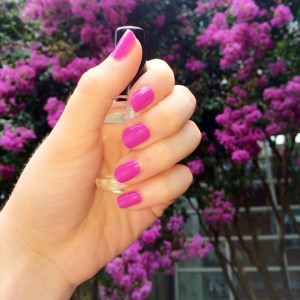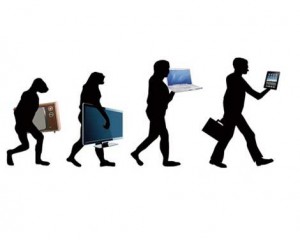Following on from my previous post, during this weeks symposium the bulk of discussion was focused around the following two ideas; ‘can technology progress independently of art and culture?’ and ‘is the internet causing a permanent change in our literary format ?’. Initially when the first question was raised I instinctively disagreed. How can you remove culture from technology when technology is now embedded within it? We use technology everyday, our entire existence now balances on our deep reliance on technology from medical tools and equipment to kitchen and cooking appliances. However, when Betty raised the issue of a ‘tool’ vs ‘technology I begin to wonder what defines each of these terms? What is art. What is technology? Is technology simply an object that is new? Perhaps it may be old to one culture but new in another? Technology isn’t simply an object with an electrical source. It can a pen, fire, the wheel etc. So then if technology is dependent on how and when it is introduced, does that make art a product of new thinking that enables the development of technology? If we were to follow on with that idea then really art and culture cannot develop independently of technology because we need the art to create the technology that becomes woven into the foundations of our culture.
Following on nicely from talk about movements into the future, we then began to discuss the non linear format of internet and how it has influenced literature of today. Within ‘traditional media’ i.e written books, there is a physical and real distance between sources that does not exist within ‘modern media’ i.e the internet. As per the example that was given by Adrian, if you were reading about nutrition and then wanted to go deeper into your reading and read up on the digestive system, the physical format of book require you to get up off your chair and walk up the stairs to the biology section on level two of the library yet with the internet, all the information is able to arrive at the same time, equally distant from one another. The structure of the internet is non-linear, it is literally a network of sites that that equally distant from each other, causing no distinctive shape, no edge, no ending or centre. When we read a book out of order, we know and accept just that, that it is ‘out of order’. Yet this does not occur in the format of the internet.
Will this forever change the way we write? Will there no longer be a need for words such as ‘therefor’. Writing for the web now forces us to write in a manner than enables viewing at any angle.



